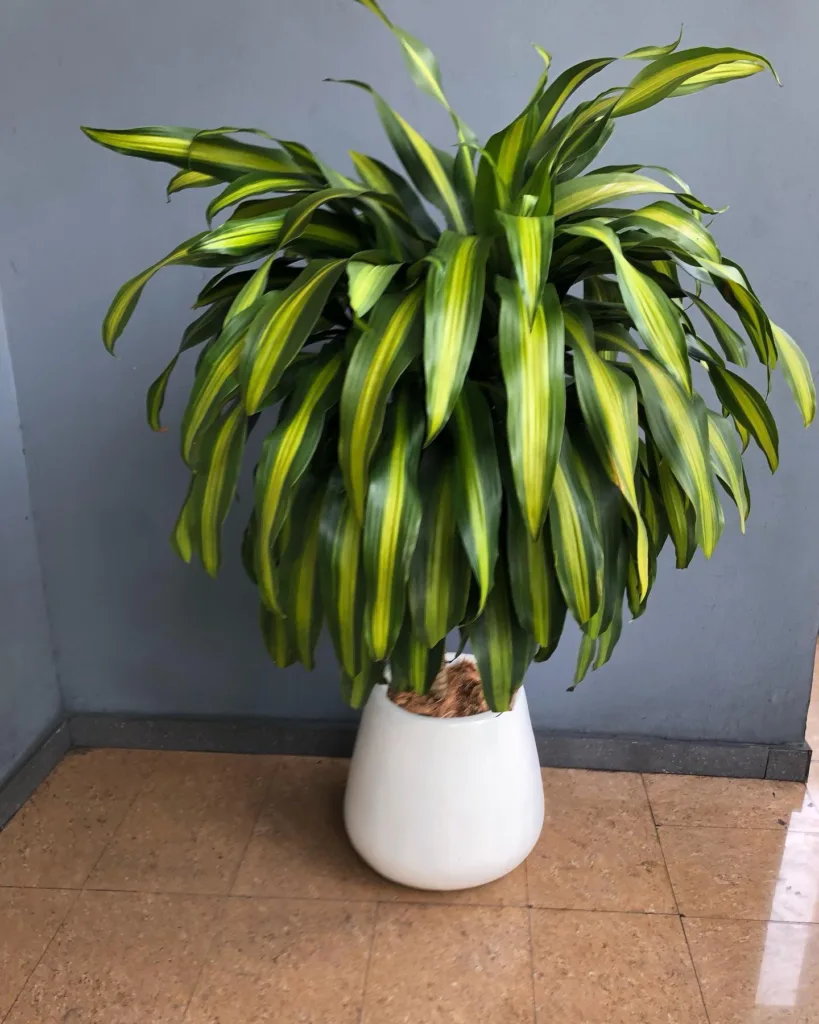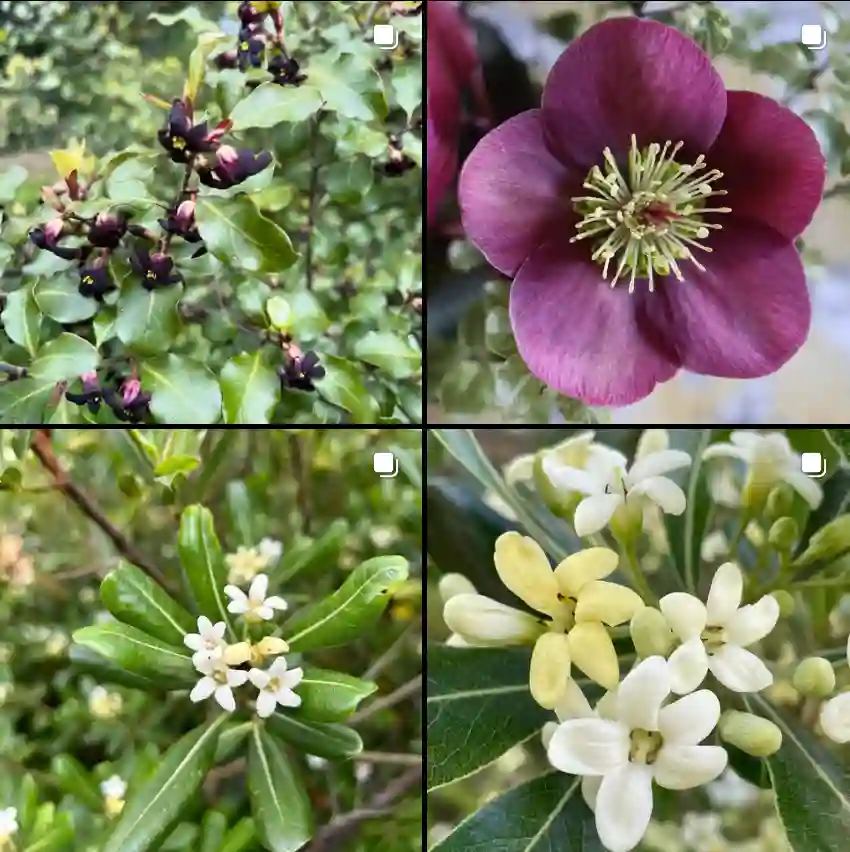Ferb Vu’s Fascination with the Convolvulaceae Family
The world of botany is vast and filled with wonders. As a plant enthusiast, I, Ferb Vu, find myself particularly drawn to the Convolvulaceae family. This group of plants, commonly known as the morning glory family, boasts an incredible diversity of forms, colors, and ecological roles. In this article, I’ll share my fascination with the Convolvulaceae, delve into its unique characteristics, and provide a list of some of its notable genera.
The Enchanting World of Morning Glories
The Convolvulaceae family is a large group of flowering plants, comprising over 1,600 species spread across around 60 genera. These plants are found in a variety of habitats worldwide, from tropical rainforests to arid deserts. They are known for their beautiful, often trumpet-shaped flowers, which come in a dazzling array of colors, including pink, purple, blue, yellow, and white. The flowers often open in the morning and close in the afternoon, hence the common name “morning glory.”
One of the most captivating features of the Convolvulaceae is their twining or climbing habit. Many members of this family have slender stems that twist and wind their way around other plants or structures, seeking support as they reach for the sunlight. This climbing ability allows them to thrive in dense vegetation, where they can compete effectively for light and resources.
A Family of Ecological Importance
The Convolvulaceae family plays a vital role in various ecosystems. Their flowers are a rich source of nectar and pollen, attracting a wide range of pollinators, including bees, butterflies, moths, and even hummingbirds. Some species, such as the sweet potato (Ipomoea batatas), are important food crops, providing sustenance for humans and livestock. Others, like the dodder (Cuscuta), are parasitic plants that obtain nutrients from their host plants.
The Convolvulaceae also have a number of medicinal properties. Some species contain compounds with anti-inflammatory, anti-microbial, and anti-cancer activities. Traditional healers have used various parts of these plants to treat a range of ailments, from fever and coughs to skin diseases and digestive problems.
A Glimpse into the Genera
The Convolvulaceae family encompasses a wide variety of genera, each with its own unique characteristics and ecological roles. Here’s a list of genera:
- Ipomoea: This is the largest genus in the family, containing over 600 species. It includes the well-known morning glories, as well as the sweet potato. – 637 Species in Genus Ipomoea
- Convolvulus: This genus comprises around 200 species, including the bindweeds, which are often considered weeds due to their vigorous growth and twining habit. – 209 Species in Genus Convolvulus
- Evolvulus: This genus contains around 100 species, many of which are small, prostrate plants with beautiful blue or white flowers. – 106 Species in Genus Evolvulus
- Merremia: This genus includes around 80 species, many of which are climbing vines with yellow or white flowers.
- Argyreia: This genus contains around 90 species, including the elephant creeper, which is known for its large, silvery leaves and beautiful pink or purple flowers.
- Cuscuta: This genus comprises around 220 species of parasitic plants, commonly known as dodder. They lack chlorophyll and obtain nutrients from their host plants. – 220 Species in Genus Cuscuta
- Aniseia Choisy
- Astripomoea A.Meeuse
- Bonamia Thouars
- Calycobolus Willd. ex Schult.
- Calystegia R.Br. – 32 Species in Genus Calystegia (Volvulus)
- Camonea Raf.
- Cardiochlamys Oliv.
- Cladostigma Radlk.
- Cordisepalum Verdc.
- Cressa L.
- Daustinia Buril & A.R.Simões
- Decalobanthus Ooststr.
- Dichondra J.R.Forst. & G.Forst. – 15 Species in Genus Dichondra
- Dicranostyles Benth.
- Dinetus Buch.-Ham. ex D.Don
- Dipteropeltis Hallier f.
- Distimake Raf.
- Duperreya Gaudich.
- Erycibe Roxb.
- Falkia Thunb.
- Hewittia Wight & Arn.
- Hildebrandtia Vatke
- Humbertia Lam.
- Hyalocystis Hallier f.
- Itzaea Standl. & Steyerm.
- Jacquemontia Choisy
- Lepistemon Blume
- Lepistemonopsis Dammer
- Lysiostyles Benth.
- Maripa Aubl.
- Metaporana N.E.Br.
- Nephrophyllum A.Rich.
- Neuropeltis Wall.
- Neuropeltopsis Ooststr.
- Odonellia K.R.Robertson
- Operculina Silva Manso
- Paralepistemon Lejoly & Lisowski
- Petrogenia I.M.Johnst.
- Polymeria R.Br.
- Porana Burm.f.
- Poranopsis Roberty
- Rapona Baill.
- Remirema Kerr
- Rivea Choisy
- Seddera Hochst.
- Stictocardia Hallier f.
- Stylisma Raf.
- Tetralocularia O’Donell
- Tridynamia Gagnep.
- Wilsonia R.Br.
- Xenostegia D.F.Austin & Staples
Ferb Vu’s Concluding Thoughts
The Convolvulaceae family is a fascinating group of plants that captivates with its beauty, diversity, and ecological importance. From the vibrant morning glories to the parasitic dodder, each member of this family has a unique story to tell. As a plant enthusiast, I’m constantly amazed by the intricate relationships between these plants and their environment. The Convolvulaceae is a testament to the wonders of nature and a reminder of the interconnectedness of all living things.
Whether you’re a seasoned botanist or simply someone who appreciates the beauty of flowers, I encourage you to take a closer look at the Convolvulaceae family. You’ll be amazed by the diversity and complexity of this remarkable group of plants.
If i die, water my plants!



